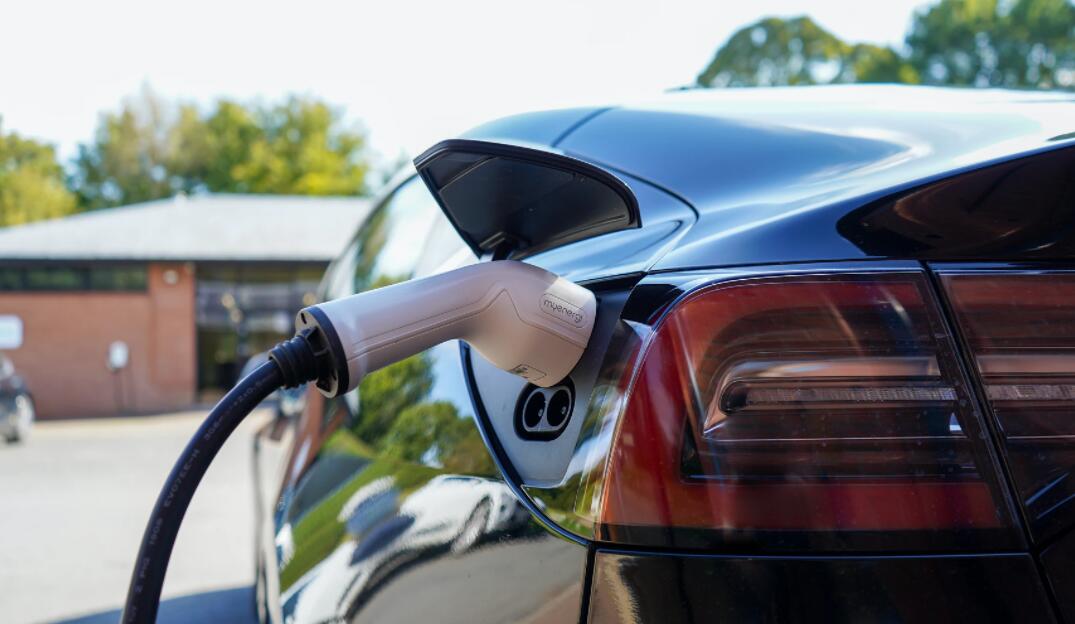
(Source: Unsplash)
When a phenomenon begins to have the ability to accelerate itself, it tends to grow at a faster pace than anyone expected. China's new energy vehicle industry appears to be one of those.
In a research note sent to investors on Monday, Deutsche Bank Edison Yu's team raised their expectations for long-term new energy vehicle sales in China, citing the strong start to the year so far and the belief that their adoption will continue to accelerate as the year progresses.
The team wrote:
With the strong start YTD and our belief that adoption will accelerate as the year progresses, helped by introduction of new compelling models (Arcfox, BYD, Xpeng, Zeekr), we forecast BEV sales doubling to over 2.0m units in 2021E and NEV sales of 2.5m, equivalent to >10% mix.
Longer term, we now raise our 2025E NEV forecast from 6.6m to 8.3m units, representing ~35% penetration.
Earlier this month, the China Passenger Car Association (CPCA) raised its sales forecast for this year again, amid rapid growth in China's new energy vehicles.
This year's forecast for new energy passenger car sales was raised to 2.4 million units, the CPCA said, adding that this is the result of a combination of strength across all market segments and increased exports.
"In particular, the recent new energy vehicle performance of traditional car companies is very good, such as GAC Aion, SAIC's performance is stronger, showing the new energy market continues to grow endogenous momentum," the CPCA said.
This year, the export performance of foreign and local major car companies has grown strongly, and the export of new car manufacturers is also gaining momentum, so this year should add 100,000 new energy vehicle exports expected to increase, the CPCA said.
In February, the CPCA forecast that wholesale sales of new energy vehicles in China would reach 2 million units this year. In April, it raised that forecast to 2.2 million units.
China's new energy vehicle sales reached 217,000 units in May, up 159.7 percent from a year ago and 5.4 percent from April, according to the China Association of Automobile Manufacturers (CAAM).
Sales of new energy passenger vehicles in May were 204,000 units, up 168.6 percent year-on-year and 5.9 percent from the previous month. Sales of new energy commercial vehicles were 13,000 units, up 72.1 percent year-over-year and down 1.6 percent from the previous month.
Yu's team noted that the "Fab Four" - Nio, Xpeng Motors, Li Auto, and WM Motor -saw subdued sales in May, but expect a strong rebound in June.
The team wrote:
May sales were somewhat soft across the Fab Four with deliveries of 19.3k due to chip shortage and product cycle timing. Tesla MIC (made-in-China) Model 3 sales were up 47% MoM to 9.2k (prioritized exports once again, shipped +11.5k overseas) while MIC Model Y sold 12.7k units vs 5.4k units in April, which was hurt by 2 weeks of downtime.
Nio sold 6,711 vehicles (-6% MoM; +95% YoY), hurt by semis shortage bottlenecks and certain logistical adjustments. We expect June to see a step-up to 7,500-8.000. Cumulative deliveries have now reached 109.5k.
Xpeng sold 5,686 units (+10% MoM, +483% YoY) including 3,797 of its flagship P7 sedan (record-high).
Li Auto sold 4,323 units (-22% MoM, +101% YoY) as customers await newly refreshed Li ONE which began deliveries in June.
WM Motor sold over 2,500 units including nearly 400 of the newly launched W6 SUV.
China's NEV sales expected to grow at annual rate of over 40% in next five years



